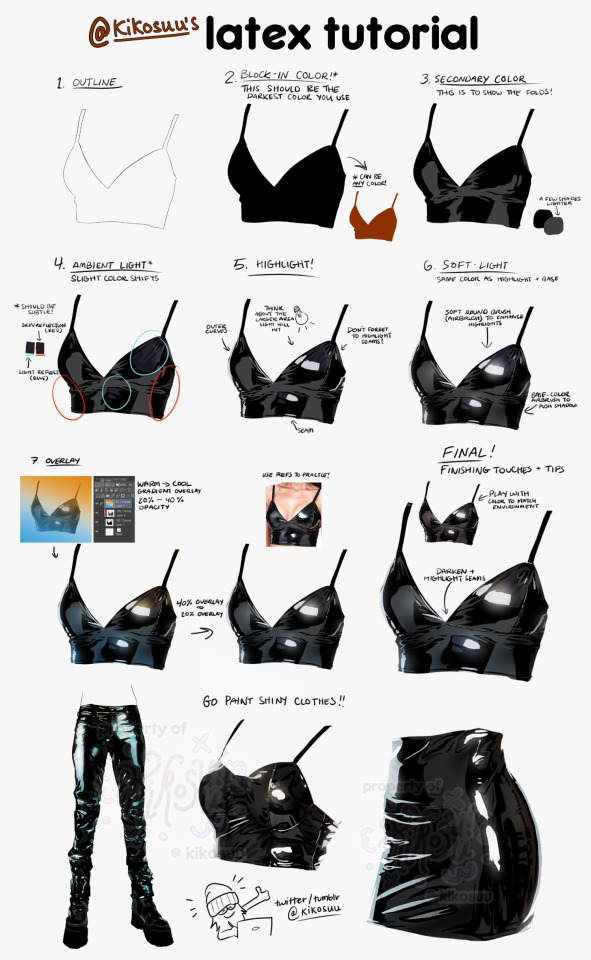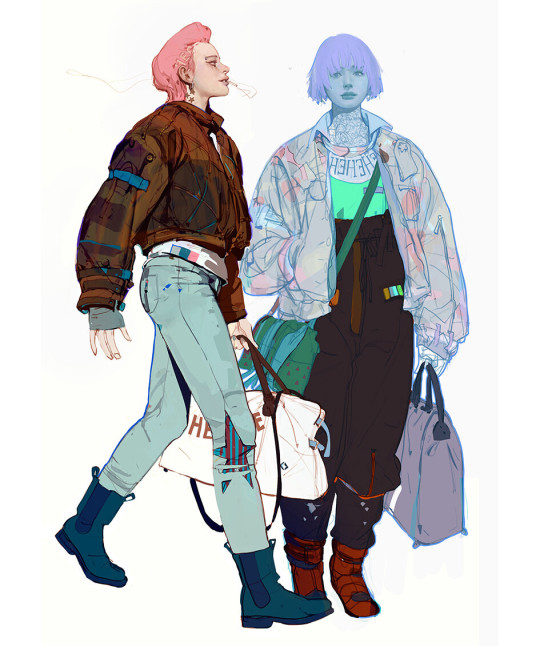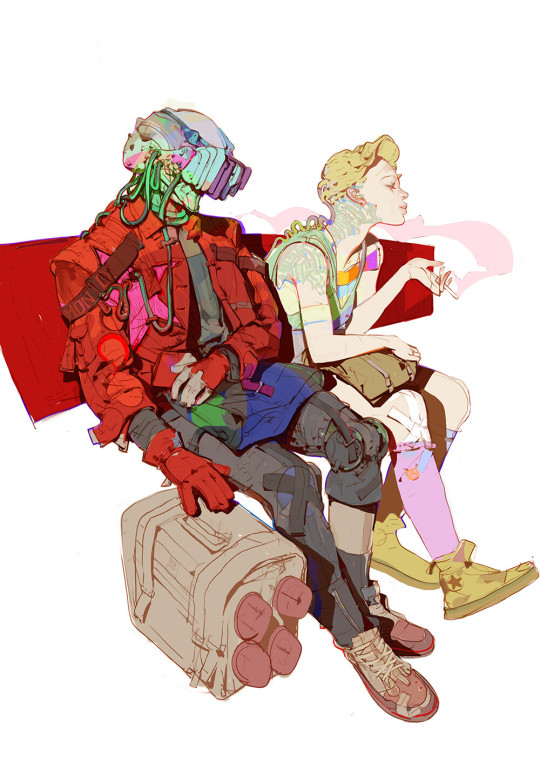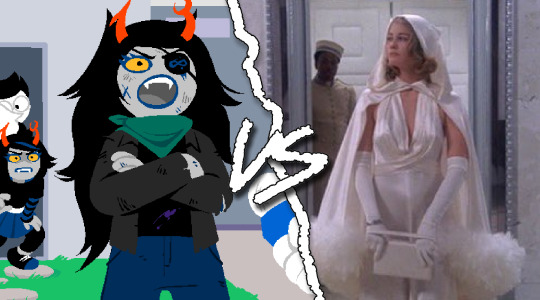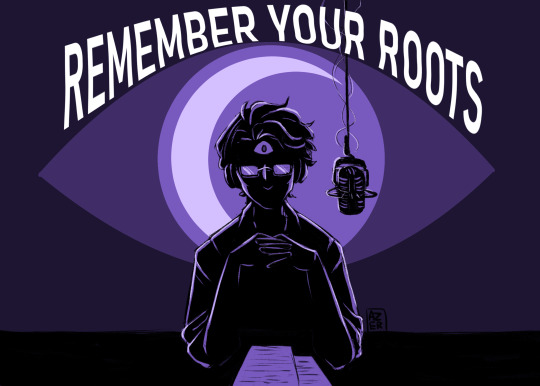Hey guys It's Deecee here I love playing Video Games that arn't to hard and drawing things from my DND Campaign. Check me out on various socials or just hit me up here (I'm really mostly here ~)
Don't wanna be here? Send us removal request.
Text
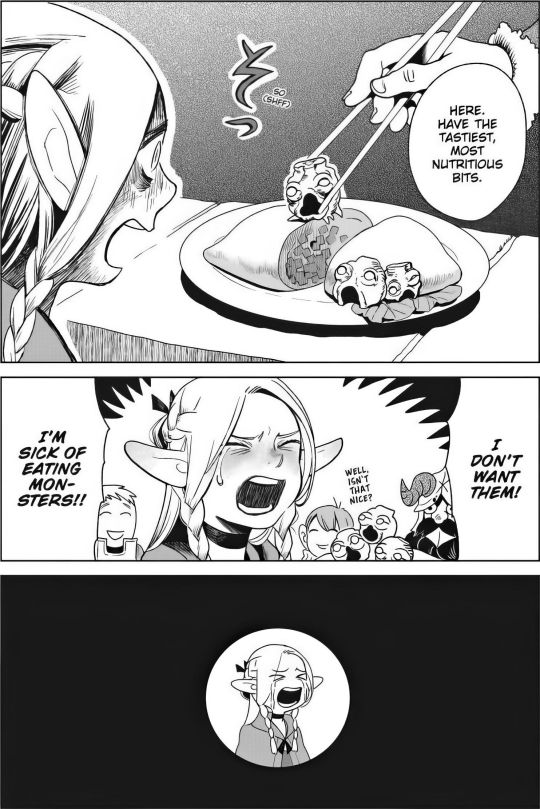
Source: Delicious in Dungeon Danjon Meshi ダンジョン飯
by Ryōko Kui
188 notes
·
View notes
Text
Someone will have to write one fake news report abt Cecil’s time in the sexyman polls
17K notes
·
View notes
Text
(logging into the beating a slightly funny joke into the fucking ground website) they better not be beating a slightly funny joke into the fucking ground in here
119K notes
·
View notes
Text
my brother had a brilliant idea that i wanted to share with other people who have four-legged family members: he trained our two cats to go directly to the door when they hear the fire alarm.
obviously at first the fire alarm sent them scrambling for cover, but he started slowly by giving them treats whenever it went off, when someone burned food or forgot to open the fireplace flu. he then progressed to calling them to the door to offer treats immediately after the alarm went off. and it actually wasn't too long before the cats voluntarily started going to the door upon hearing the alarm.
i think this was genius because in the event of a real emergency we know exactly where the cats will be and we will not have to waste precious time trying to find them to rescue them. i think this method would work equally well with dogs and probably other free-roaming pets such as rabbits, ferrets, etc. and i certainly encourage others to give it a shot!
144K notes
·
View notes
Text
I call this drawing position Little Victorian Boy Dying of Tuberculosis
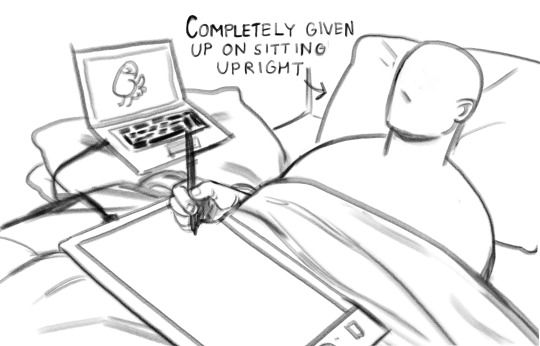
23K notes
·
View notes
Text
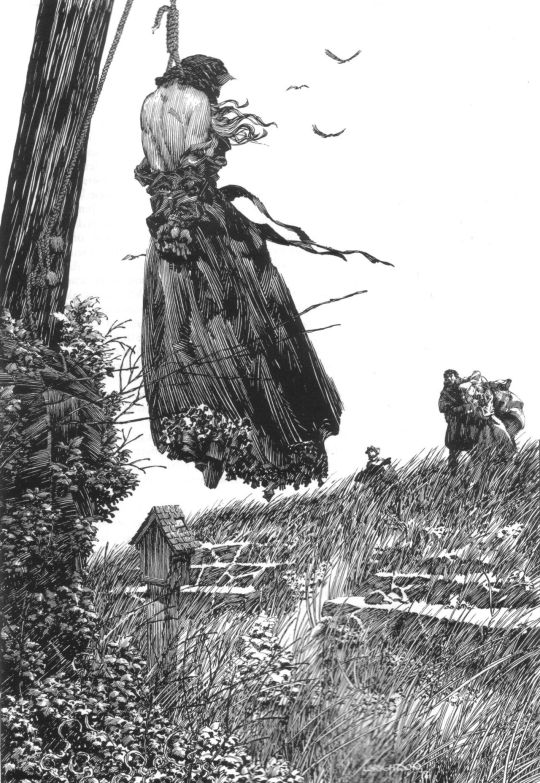
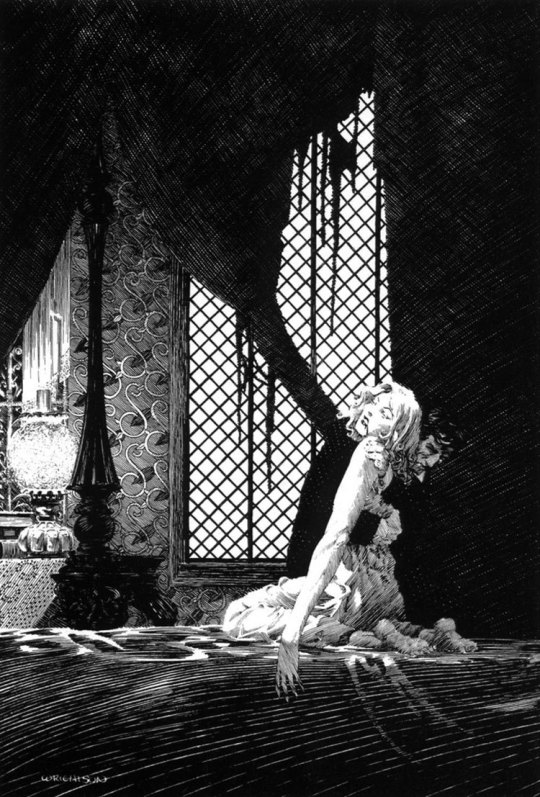
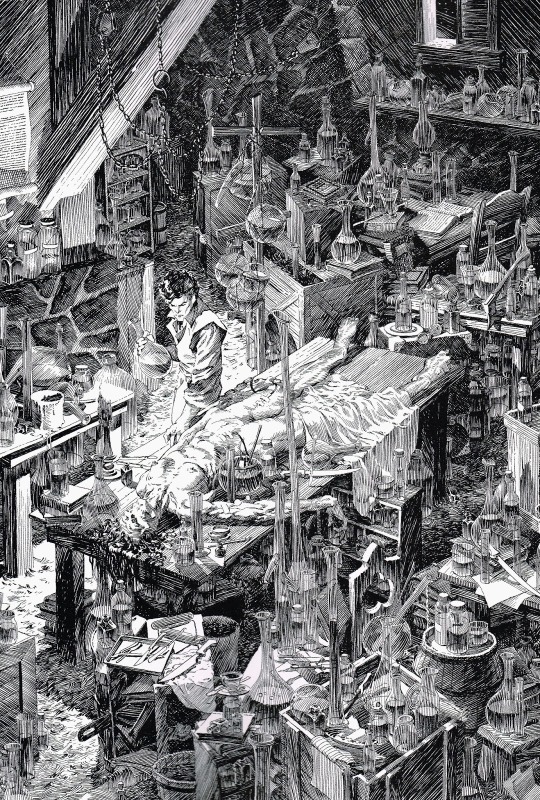
Illustrations from Mary Shelley's Frankenstein by Bernie Wrightson (1983)
7K notes
·
View notes
Text
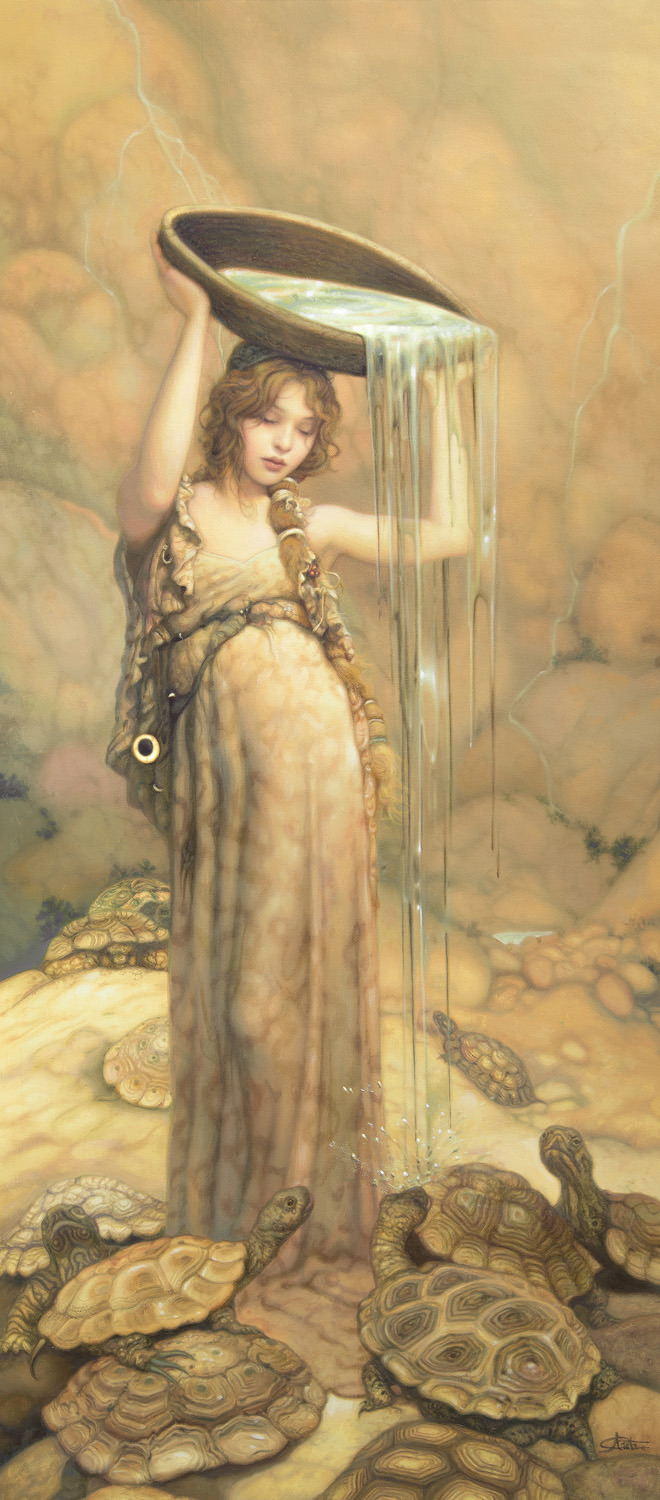
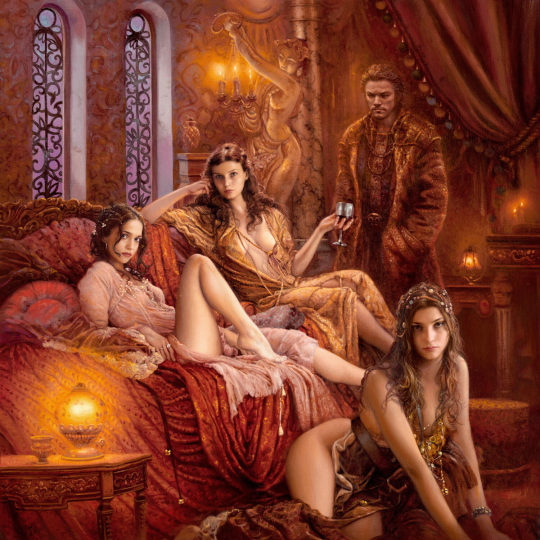
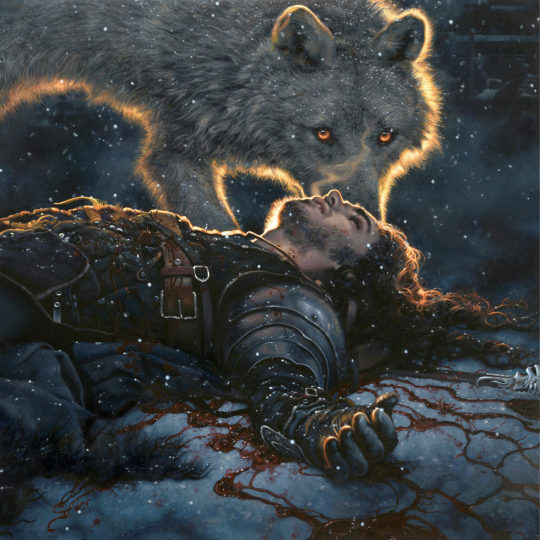
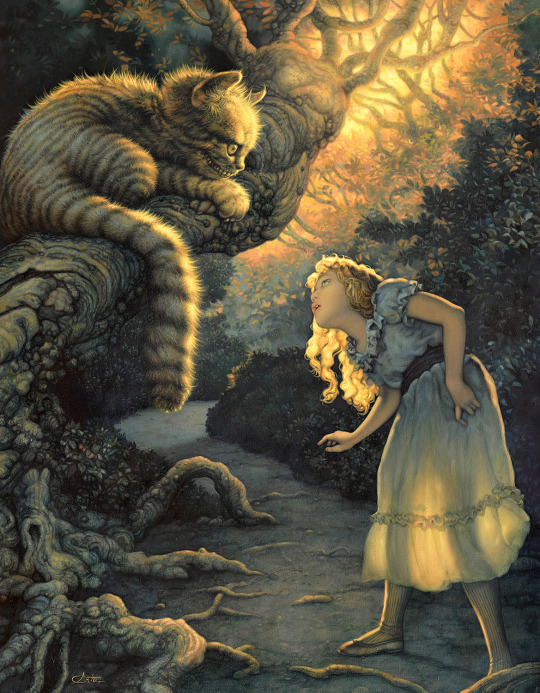


IX Arts presents 'Arantza Sestayo' solo art exhibition.
The exhibition is on view until February 28 2023 through IX Gallery.
162 notes
·
View notes
Text

Gabriel in a pink sweater be on my mind
1K notes
·
View notes
Text
Thoughts on Drawing with 3D Models
Happy new year have another long rambly art post from me <3 As usual, this post is also available for viewing on my website. Might be a little easier to read there.
---
I use clip studio paint for my art, which has a special kind of layer called a 3D layer which allows you to import .fbx 3d model files and rotate and, should they be rigged, pose them freely on your 2D drawing canvas:

This is an incredibly valuable tool, especially if you take the time to pick up some basic 3D modelling skills in a program like blender (which is completely free, and there are countless getting started tutorials on youtube and the internet at large), allowing you to make models of anything you might need one for (such as the horns I made for Debauchery shown above).
For someone like myself who is disabled and has very low stamina for art before the chronic pain kicks in, 3D models allow me to thumbnail and draft pieces without having to redraw things over and over, saving both valuable time and allowing me to reiterate with minimal strain on my joints.
I believe using models in this way could be beneficial to anyone, so I'd like to destigmatise their use and encourage people to try and see if they work for you. Work smarter, not harder, as they say!
But, if your desire is to seamlessly integrate the parts of your work that are guided by 3D models with the parts that are not then using 3D models is actually harder than one might think.
(You might not care about this, which is completely fair and I have a lot of respect for people who are willing to simply drop a 3D model into their piece as is, but I am going to proceed with this post as if this is indeed something you care about and you will be using it as a guide beneath your drawing.)
Seamlessly integrating a model into your art is difficult for two reasons—firstly, a 3D model cannot make up for knowledge and skills you do not already have, and secondly what reads well as a 3D model or indeed a photo does not necessarily translate well to a flat 2D drawing, so there needs to be careful consideration of the silhouette and overlap to ensure that readability is not lost.
So, here are some thoughts on how and why I use 3D models.
---
First off, I said I wanted to destigmatise the use of 3D models—one reason that people feel hesitant to use them in their work is a belief that it is "cheating" to do so.
So I would like to say that there is no such thing as "cheating" in art, if everything you are doing is with things you have permission to use you are breaking no rules and simply using the tools you have available to you.
Yes indeed, this includes things like tracing! If you take your own photos or use ones that are licensed to you, for example, you are well within your rights to trace them. Tracing can in fact be a valuable tool for learning, there's a wonderful post by tumblr user prrb that explains how to do this that you can find here.
The same applies to 3D models, if it is a model you have permission to use or that you created yourself, you are breaking no rules by drawing on top of it and ergo you are not cheating anyone.
Using a new tool for the job allows you different avenues of creativity—you could build something with only a screwdriver and a drill, but if you brought a welder into the mix you'd open up some new interesting avenues. Limiting what tools you use forces you to come up with creative solutions, but introducing new tools allows you to try new things that weren't possible before, and simplifies the process for other things. To continue to grow creatively, you should explore both limitations and new tools and opportunities!
But second of all, using 3D models effectively takes a lot of skill! You need to put a lot of care into your framing, posing, and the overall silhouette and shapes you create with the model in order for it to translate well into 2D. This is a skill that has to be developed and takes practice. To "cheat" implies to do things without any skill or effort involved, but even if a 3D model makes it easier to place things in space, your own skill and knowledge are essential to use it effectively, and your own drawing skills are still needed for creating the final image.
---
To elaborate, allow me to give you some examples. I've a lot of characters who are demons and many have complex twisting horns that are rather difficult to draw at different angles, so I frequently use 3D models to assist in drawing them. Take Debauchery here:

One of these was model assisted, and one of these was not. Can you guess which is which?
The answer matters not*, because the important part is that even without using a model, I know how to draw Debauchery's horns. However, there are angles that give me trouble, so the 3d model helps me to figure out the proportions and placement!
This is a very simple angle for me to draw being that it is straight on and symmetrical, but the difficulty comes when she starts to turn her head... At which point, the model helps me to get the placement right. However, I still have to put in the work to draw it well, so I need to know how to draw horns in the first place for it not to look out of place.
It's this understanding of the subject I'm drawing that allows me to integrate the model into my work seamlessly.
While you certainly can use 3D models to draw things you have no idea how to draw (I have no intention on learning how to draw motorbikes, for example, so any and all instances wherein I may have to draw such a vehicle I will flagrantly make use of models without a care in the world ♥), as I said before if your intent is to integrate them into your work seamlessly, then ideally you should have a solid understanding of what you are drawing already and thus the 3D models are only there to assist you.
And, even with things you don't know how to draw (like a motorbike), you should still try and remember how to describe simple shapes like cubes, cylinders, toruses, and spheres and so on with your mark making, and break down whatever you're drawing into these shapes so you can better draw them. The fundamentals of art still apply!
I recommend in fact, if you use the same 3D model for something in your work frequently (may be as small as a characters horns or an accessory they wear or as great as a head model or a pose doll), that you periodically forego the model entirely and see how well you are able to draw the subject without it.
Compare to the model when you're finished, where did you fall short? Take some mental notes for the future, pay close attention to it while you draw with and without the model in future, and using models becomes a learning exercise as well as an assistive tool, which prevents them becoming something you are reliant on to draw that subject.
Not, I should note, that that a particularly bad thing, really. Like I said I've no intention of learning how to draw motorbikes—you don't have to know how to draw everything you ever use a model for, but if you're able to draw as well with and without the model, you can skip setting up the model when you don't need it and save some time, and most especially you are not as tied to drawing one specific way and have a little more freedom in how you work, which undeniably is a positive.
If it's a subject you draw a lot and would benefit from using a model for, doing studies so you know how to draw it unassisted is a good thing and will only make your work easier, even while using a model!
* (the answer is the left was freehand and the right was model assisted)
---
For another example, one could use a 3d model of a hand in their work (I do this rather often in fact!), but without a solid understanding of anatomy, posing, and shape design, you may find that using a model makes the hands you draw feel stiff and unnatural, and when looking at them in comparison to hands you've drawn freehand, it's really obvious that they were drawn based on a 3D model (which again for the sake of this post, I am assuming to be undesireable).
This happens due to a lack of understanding of the model subject. If you don't know how hands move and how to pose them well and create good shapes with these poses, then naturally the model will lack dynamism and its shaping will be lacklustre, so when you draw over the top of that the resulting drawing will become stiff and unnatural.
For example:
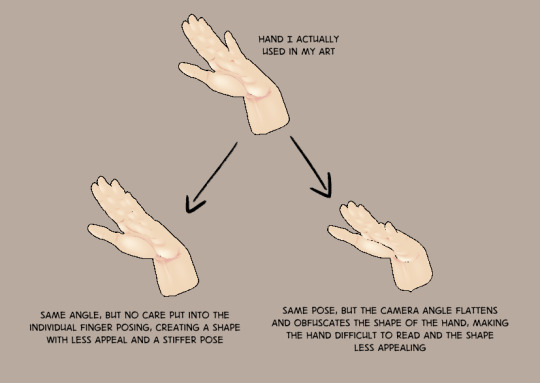
You need to think carefully about the overall shape of the subject, utilising good posing and camera angling in order to create a silhouette that is appealling and reads clearly. Don't be hasty! Take your time setting up the models.
For specific advice on drawing hands, I wrote an entire post about that which you can find here, I think it would be a good read to read in conjugation with this one as I give insight into my thought process when it comes to posing and shape design. I also have another post I've written about posing characters in particular, found here.
All the advice I give in those posts is just as relevant to posing a 3D model, as ultimately at the end of the day, you are still creating a 2D image and the 3D model is a tool to assist you in creating it. The 3D model should always be in service of the final 2D image, and you should be thinking about the 2D image you're trying to create, not the 3D one.
I honestly don't think of using 3D models as much of a shortcut, really. They make it much easier to iterate without committing to anything in any specific way, which I find is incredibly useful for thumbnailing and planning out compositions and trying different shots and ways of framing them (I make comics), and they are a useful tool for maintaining consistency and keeping characters "on model" (again, I make comics), but posing things well and creating a clear silhouette takes time and deliberation, and you still have to draw the final image itself. They're less of a shortcut as they are an alternative approach to working, in my opinion, and thinking about them like this helps you to use them effectively.
Which reminds me, you should not feel beholden to the model as you work. It's there to assist you, but you are still the one who makes the final mark making decisions and determine where and how you place the lines or shapes that describe the subject.

You can, and should, deviate from the model in order to create a stronger shape.
I also highly recommend making your own 3D models. Pretty much all the models I use are my own (though the hand model shown is one that used to be available on the CSP asset store—sadly, the creator took it down so I am unable to share it), and the biggest advantage I feel in making your own models is that through the act of creating it alone, you deepen your understanding of the subject in a 3D space.
You spend so long with the subject in the modelling software that you naturally build up a mental library of how it exists in that space, making it considerably easier to rotate it around in your brain like a microwave. Which in turn, makes them easier to draw even before you bring the model into CSP!
I don't have any personally approved recommendations for getting into 3D modelling, unfortunately, as I very clunkily taught myself over the space of a few years and eventually fell into better practices over time.
However, I have watched a number of Grant Abbitt's videos and found them to be accessible and helpful, so while I haven't watched the specific series I'm fairly confident that his Learn Blender 3 For Complete Beginners series is likely to be a good place to start!
And if it doesn't click, there's many other introductory series out there on youtube, Blender is a very accessible program to get started with as lots of people are eager to teach you how to use it and make it so, so you're sure to find something! And I will likely break down my own modelling process some time in the future.
---
In anycase, those are all the thoughts I have to share. I hope that all makes sense, and I hope the other posts linked are equally helpful.
Just for convenience, or if you missed them in the text because you were skimming, the posts in question are the posts I wrote previously about drawing hands and posing characters, which include specific thoughts on shape design and posing.
I also have many other posts like these available on my website for free, though if they're helpful you're welcome to leave me a tip via my ko-fi (or perhaps pick up something from my store, like my brushes or the models that I release)! Thank you for reading, and best of luck with your work ♥
391 notes
·
View notes
Text
cecilsweep has me feeling downright patriotic i didnt care AT ALL about the previous polls on here or twitter but. seeing the disrespectful people say "who the fuck is cecil he's nobody" had me ready to throw HANDS cecil gershwin palmer was out here slaying and being canonically gay at a time queerbaiting was the only ""representation"" on any of the tumblr popular shows and u have the GALL to come here and say he doesn't matter. hes everything to this website and hes behind 90% of all quirky funnyman text posts know your roots come on
29K notes
·
View notes
Text
CECIL SWEEP 2023 HE IS THE FOUNDER OF THIS SITE. HE INVENTED LOVE. HES GAY, HE HAS A FUCKED UP CAT, HIS HUSBAND IS A LATINO SCIENTIST, HE HAS A SON, HE’S A RADIO HOST WITH A SEXY VOICE AND INSANE FASHION. LITERALLY HAS SO MUCH SWAG AND HAS BEEN AROUND SINCE 2012. DON’T FORGET YOUR ROOTS.
24K notes
·
View notes
